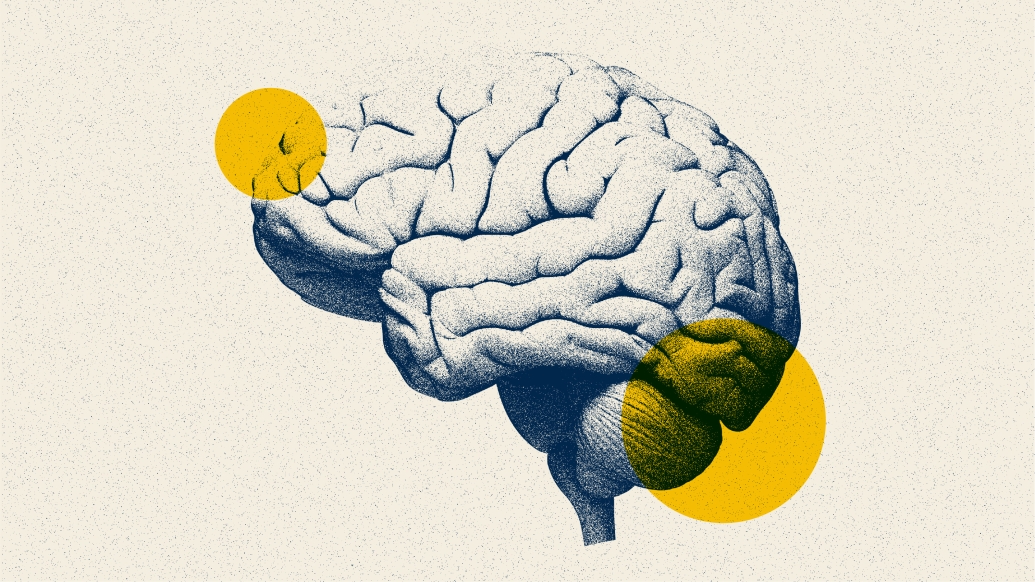Is there a common path to the psychedelic experience?
1:32 PM
Author |

Nitrous oxide, colloquially known as laughing gas, has been used clinically as an anesthetic to dull pain since the 19th century. However, in smaller amounts, it can induce mind-altered experiences, including feelings of bliss, spirituality, and the feeling of being outside of one’s body—much like those induced by the psychedelic substances LSD and ketamine.
A study led by George Mashour, M.D., Ph.D. and Richard Harris, Ph.D., of the recently founded Michigan Psychedelic Center at the University of Michigan Medical School takes a closer look at the neurobiology of psychedelic experiences.
Using fMRI, the team examined the brain activity of healthy people who were administered nitrous oxide and compared that activity to data collected from participants in different studies who were given ketamine and LSD to see whether the neurobiology of the psychedelic experience was similar.
In addition, this data was compared to a control group comprised of participants administered propofol, a commonly used anesthesia drug, to distinguish between brain changes not related to the psychedelic experience.
The team noted that participants under the influence of each psychedelic drug had decreased connectivity within a particular network but increased connectivity across various networks. Although there were notable differences, each psychedelic increased connectivity between the right temporoparietal junction and intraparietal sulcus in both hemispheres of the brain and between precuneus and left intraparietal sulcus.
These nodes, they note, are located in the so-called cortical “hot zone” of the brain, an area proposed to be critical for determining the content of conscious experience. This could help explain the altered states of consciousness described by people administered these psychedelic substances.
The fact that the patterns of activity associated with nitrous oxide, ketamine, and LSD overlapped hints at common underlying biology, they add. Further research to determine the specifics of this biology could help researchers determine how best to use psychedelics as therapeutics.
Paper cited: “Classical and non-classical psychedelic drugs induce common network changes in human cortex”, NeuroImage. DOI: 10.1016/j.neuroimage.2023.120097

Explore a variety of healthcare news & stories by visiting the Health Lab home page for more articles.

Department of Communication at Michigan Medicine
Want top health & research news weekly? Sign up for Health Lab’s newsletters today!





